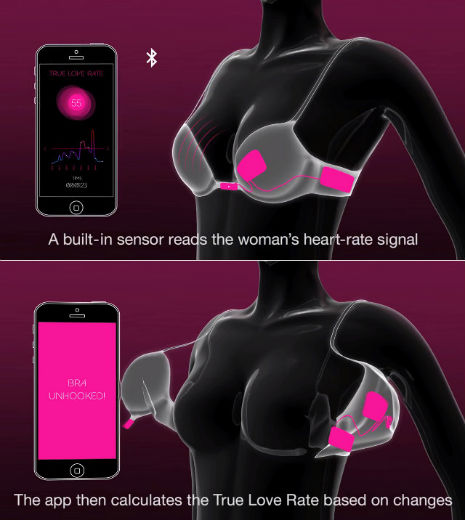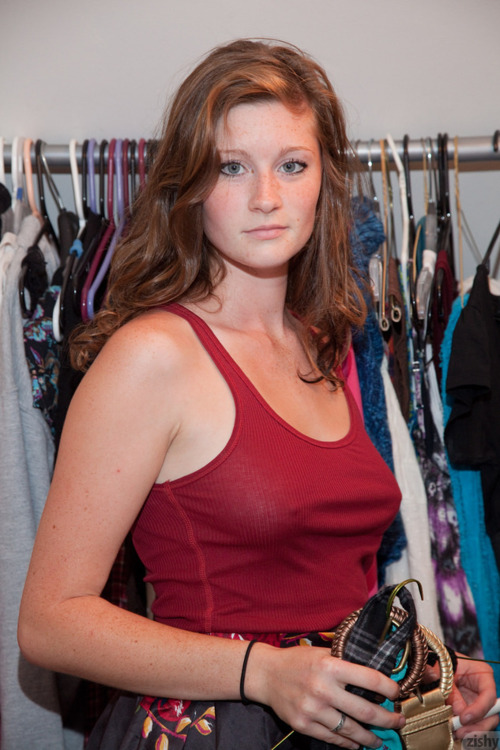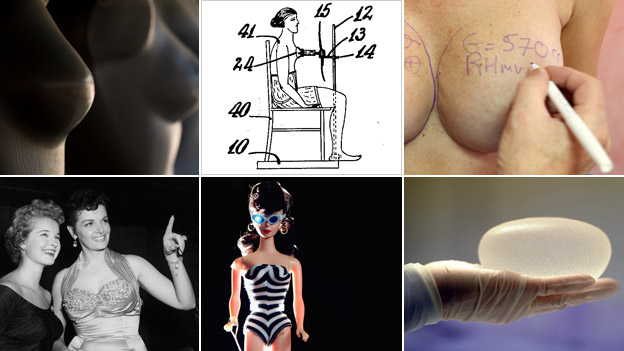Google makes all of its search data publicly available. According to Google, 100 billion searches are done each month. That means a lot of data. And because sex is something that is searched often, there is a treasure trove of sex-related search data for the taking.
This piece in the New York Times by economist Seth Stephens-Davidowitz digs deep into the Google search data to tell us about our anxieties and the states of our relationships. There are a couple of nifty infographics that summarize his findings. The piece is worth a read - it's fun and informative.
From the New York Times:
Searching for Sex
ARE you confused by sex? I certainly am.
One of the many reasons sex is puzzling is that we lack reliable data. People lie to friends, lovers, doctors, surveys and themselves.
Three years ago, when I was a graduate student in economics, I began to write about how new data, particularly Google searches, could give us fresh insights into socially sensitive topics. Since then, many people have asked me to write about sex.
I was wary because I wanted to do more research. Now I’m finally ready to report. Call it everything you always wanted to know about sex, but didn’t have the data to ask.
Let’s start with the basics. How much sex are we having? Traditional surveys are no good at answering this question.
I analyzed data from the General Social Survey, a classic source. Heterosexual men 18 and over say that they average 63 sex acts per year, using a condom in 23 percent of them. This adds up to more than 1.6 billion heterosexual condom uses per year.
And one of the infographics:
Read the rest here: link.













